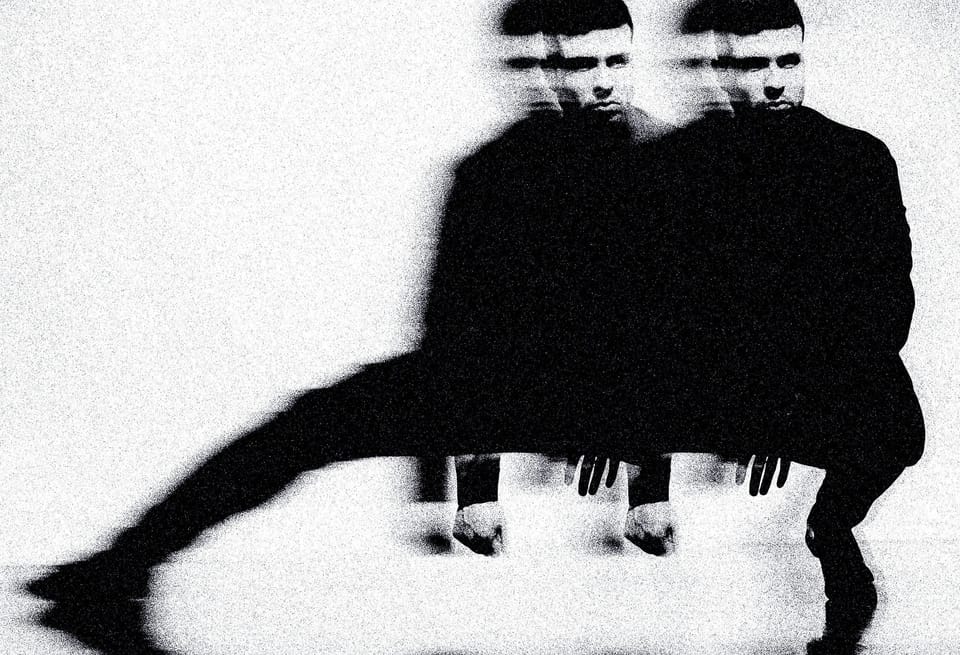Mickey 17 – Loving the Copy: Personhood, Memory, and the Grace of Multiplicity

Spoiler warning: This post contains thematic and plot details from Mickey 17 (2025).
What does it mean to love someone completely—not just who they were, but who they might have been, who they became by accident, who they never meant to be?
Mickey 17, Bong Joon-ho’s ambitious and uneven sci-fi meditation on identity and expendability, doesn’t always find its footing. But at its emotional core, nestled beneath surrealism and satire, is something quietly profound: the idea that to love fully is to embrace multiplicity.
We meet Mickey as an expendable. A person who dies repeatedly for the good of a colonizing mission, and who is resurrected each time from a stored backup. He is treated less like a man than a function—his memories are useful, his suffering irrelevant. When the backup fails—when a version of Mickey is printed without the full transfer—a glitch occurs. But like lightning in the primordial soup, that glitch becomes genesis.
The new Mickey does not know how he died. He isn’t burdened by the old pain. But he is also incomplete. Or so it seems. The film plays with this ambiguity. Who is the real Mickey? The one who remembers death, or the one who lives without it?
What emerges instead is a deeper question: does singularity matter at all?
The film's most tender gesture is not its politics or its plot turns, but the woman who loves both Mickeys. All the Mickeys, even the ones we meet only briefly to learn of their deaths. Not as a moral dilemma. Not as a tragedy. But as a grace. She sees them all. Recognizes something shared in them. Offers her love not as division, but as embrace.
The fact that two versions now exist at once is just a new wrinkle in an old hat for her. She's been loving iterations the whole time. This one just happens to talk back. She doesn't flinch. She adapts. The love doesn’t diminish—it expands.
It could have been written as farce. Instead, it's treated with a kind of soft sincerity. This is not a story of mistaken identity or doomed duplication. It's a story about what happens when love is large enough to hold more than one version of a person.
There are strange, surreal scenes along the way. A dinner of artificial meat, consumed with religious awkwardness. A snail-like species—the creepers—who, though alien and underestimated, become a vessel for saving what is human. Politicians sputter, systems dehumanize, and still, the most meaningful shift happens quietly: in a small act of perception. One version of Mickey saves another, not because he must, but because he can.
Even the glitch that interrupts the memory upload—an accident caused by something as mundane as a kicked cable—becomes poetic in hindsight. It’s not the soul’s escape, but a new path opening. A copy born before its script is ready. Not all change is intentional. Sometimes the self reroutes by accident. And that too deserves to live.
This isn’t a clean film. It wobbles in tone. It rushes past its most interesting questions. But it also dares to suggest that personhood is more fluid than we like to admit. That identity isn’t a single thread, but a braid of near-selves, constantly slipping and rejoining.
The moment Mickey looks into the face of his copy and sees not a rival but a sibling, the film moves from science fiction to spiritual allegory. And when his partner sees them both and still says yes—not to a fantasy, but to the messy sum of them all—that yes is enough.
Not every story needs a clean ending. But sometimes it gives you a thought worth keeping:
To be loved in full is not to be chosen. It is to be known in all your forms—and still belong.
—Still Watching
Comments ()